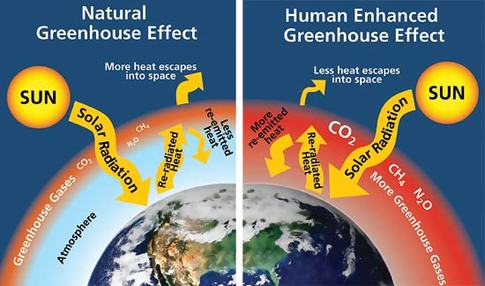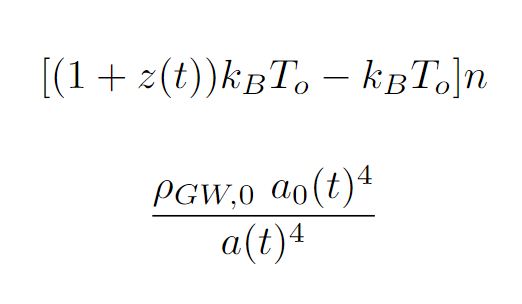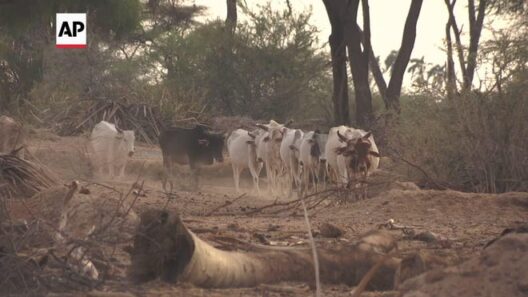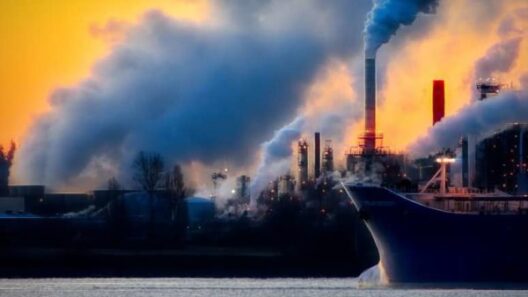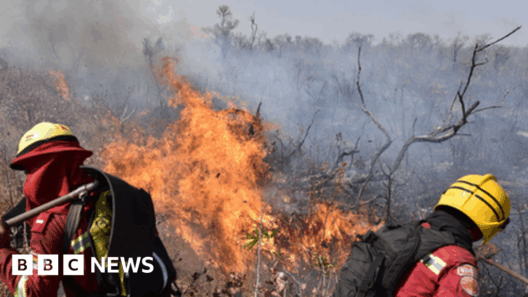The world we inhabit can be likened to a grand theatrical performance, a delicate ballet of natural processes that have danced in harmony for millennia. However, the curtain is rising on a new act, one marked by an unsettling dissonance: the enhanced greenhouse effect. This phenomenon, largely spurred by human activity, is not merely a chapter in our environmental narrative but rather the genesis of a new epoch marked by steadfast and dramatic warming of our planet.
To comprehend the enhanced greenhouse effect, it is essential to first grasp the mechanics of the greenhouse effect itself. Imagine the Earth wrapped in a warm, cozy blanket, composed of greenhouse gases like carbon dioxide (CO2), methane (CH4), and nitrous oxide (N2O). These gases trap heat in the planet’s atmosphere, allowing life to flourish. However, as industrial activities surge, this blanket becomes increasingly heavier, causing a feverish build-up of heat that our ecosystem cannot easily dissipate. The metaphorical warmth that was once nurturing has evolved into the overwhelming heat that now threatens our very existence.
The ascent of greenhouse gases to unprecedented levels can be likened to a relentless tide invading a once serene shore. While seas rise and storms intensify, the impacts of the enhanced greenhouse effect are pervasive, influencing everything from weather patterns to biodiversity. Plants and animals that once thrived in stable climates are now succumbing to the vicissitudes of unpredictable weather. This former equilibrium is supplanted by chaos, accelerating extinction rates and disrupting food chains.
Unraveling the threads of the enhanced greenhouse effect reveals intricate interconnections. As carbon emissions soar, so too do global temperatures. This relationship is not merely linear; it is a complicated tapestry woven through feedback loops. For instance, the melting of Arctic ice exposes darker ocean waters that absorb more sunlight and release more CO2 as permafrost thaws. In essence, this amplifies the very phenomenon we seek to mitigate, a treacherous spiral that increases the stakes for our planet.
The ramifications of the enhanced greenhouse effect extend into the heart of human societies. As temperatures rise, so too does the frequency and intensity of natural disasters. Heatwaves, hurricanes, droughts, and floods unleash devastation, disproportionately impacting vulnerable communities globally. This reality creates a paradox; those contributing the least to carbon emissions often bear the brunt of climate change’s wrath. Such inequity illuminates the moral imperative for action, transcending borders and igniting a global discourse around environmental justice.
Our oceans, the lifeblood of the Earth, are also bearing witness to the consequences of greenhouse gas proliferation. The phenomenon of ocean acidification—a byproduct of increased CO2 absorption—threatens marine ecosystems, the very foundation of biodiversity and food security. Coral reefs, often termed the “rainforests of the sea,” are dying at an alarming rate. Once vibrant habitats are turning into barren wastelands, further destabilizing marine life and the communities that rely upon it.
Yet amidst this formidable landscape of challenges, opportunities for resilience and adaptation beckon. Transitioning to renewable energy sources, such as solar, wind, and geothermal, offers a silver lining, akin to a phoenix rising from the ashes. By reducing reliance on fossil fuels, we can not only mitigate emissions but also foster job creation and economic revitalization in a burgeoning green sector. The shift to sustainability is not merely a necessity; it is an opportunity to redefine our relationship with the Earth and with each other.
Additionally, reforestation and sustainable agricultural practices offer pathways to sequester carbon while fostering biodiversity. Ecosystems rich in flora and fauna absorb carbon, acting as natural allies in the fight against climate change. Rethinking land use and implementing carbon farming strategies encapsulate this transition—propelling us toward a more harmonious existence with our surroundings.
Public awareness and grassroots movements are indispensable in this endeavor. Engaging communities and fostering a collective consciousness around environmental stewardship can galvanize social movements capable of enacting meaningful change. Individual actions—reducing waste, conserving energy, and advocating for policy reforms—culminate in a societal shift that transcends individual consumption patterns, leading towards systemic transformation.
Education plays a pivotal role in framing the discourse around climate change. Informing future generations about the intricacies of the enhanced greenhouse effect empowers them to challenge the status quo. Envision young leaders equipped with the knowledge and passion to steward the planet, turning empathy into action. They will not inherit the desolate landscape but rather cultivate a thriving ecosystem, reflecting resilience and foresight.
The quest to mitigate the enhanced greenhouse effect demands tenacity, creativity, and collaboration. It is a journey that calls upon scientists, policymakers, business leaders, and citizens alike to forge a sustainable path. While the specter of climate change looms large, our collective will to craft solutions can redefine our narrative. The world is at a crossroads—a fragile juncture where hope can flourish amid despair. Will we succumb to the overwhelming tide, or will we rise, buoyed by innovation and unity, crafting a legacy of stewardship for generations to come?
In conclusion, understanding the enhanced greenhouse effect is critical in the age of climate upheaval. It illuminates the profound consequences of our actions and emphasizes the urgency of our collective response. As stewards of this planet, we must engage in the arduous, yet rewarding, journey toward sustainability, armed with knowledge, compassion, and an unwavering commitment to safeguard the future of our warming world.



